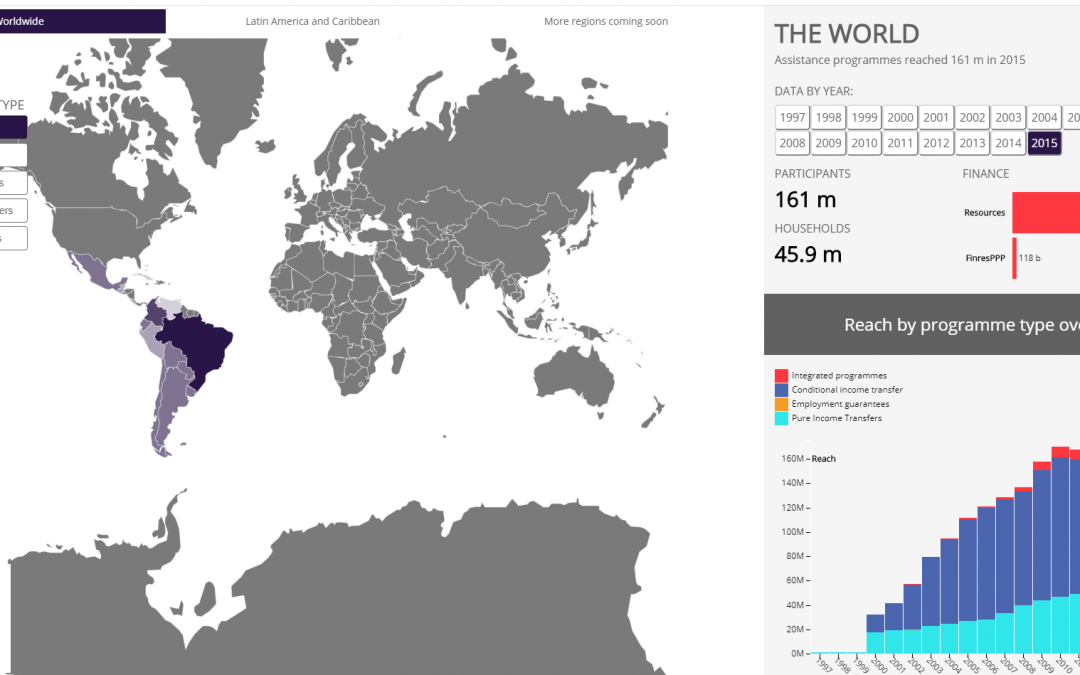Professor Armando Barrientos, Professor of Poverty and Social Justice
Since the turn of the century low and middle income countries have implemented programmes providing regular transfers to families in poverty with the objective of strengthening their capacity to exit poverty.
The theory behind antipoverty transfer programmes is that stabilising and enhancing household income will enable participants to improve their nutrition, ensure investment in children’s schooling and health, and help overcome economic and social exclusion.
Social assistance programmes in developing countries show large variation in design, effectiveness, scale, and objectives. In middle-income countries, social assistance works alongside social insurance for formal sector workers. In low-income countries, social assistance coexists with humanitarian or emergency assistance (safety nets).
For the last two years we have been assembling a new database of social assistance indicators for developing countries for the period 2000-2015. Today, we’re launching a beta version of the database, with data for Latin America. We plan to upload the other regions in August.
In addition to making the data itself open access in both stata and excel files, we’ve been developing a map based visualisation tool which enables people to explore and compare the data.
Over the next few months we’ll be refining the tool further and adding in the data for more regions. If you have feedback or suggestions please email gdi@manchester.ac.uk and we’ll see what we can do.
The project is funded by the Economic and Social Research Council and the UK Government’s Department for International Development.

